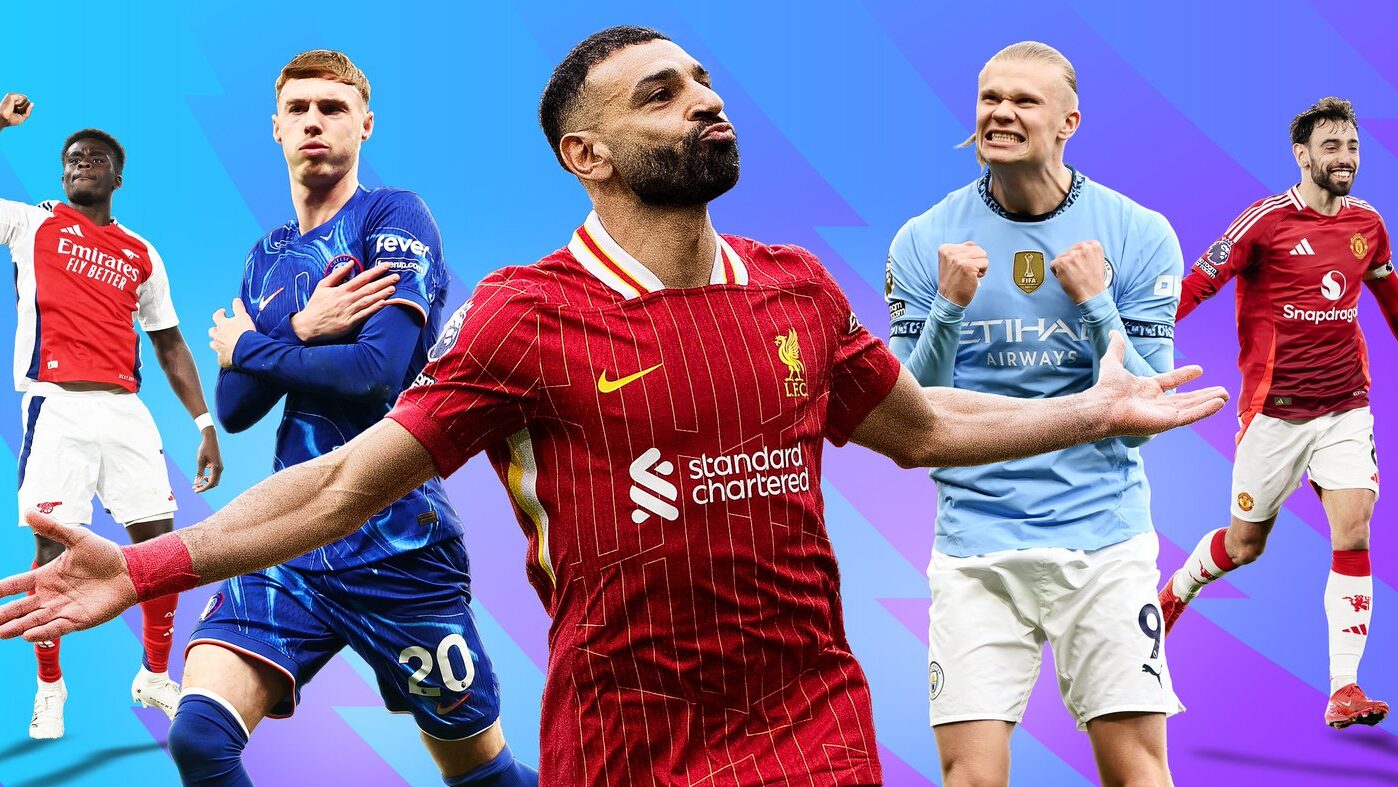We must fix the fan experience for football broadcasting
As the Premier League kicks off its new season this week, Meliora’s managing partner and former VP of television at Optus, Clive Dickens, says both media companies and sporting codes must do a far better job of putting the consumer front and centre in their streaming and rights strategies if they want to sustainably grow sport in an increasingly fragmented Australian streaming landscape.
Streaming was meant to liberate sports audiences. But for many football fans, it’s doing the opposite, locking them out, one login and/or paid subscription at a time. No sport illustrates this tension more clearly than football. Grassroots participation is booming, international interest has never been stronger, yet the viewing experience remains fractured.
One sport, too many walls
At any given moment from August, following live football in Australia might require seven logins and six subscriptions:
- Stan Sport – Premier League, FA Cup, Champions League, NWSL, Europa League
- 9Now – Select Saturday evening fixtures of the Premier League 2025/26 season
- Paramount+ – A-Leagues Men, A-Leagues Women, Socceroos, Matildas, Australia Cup, FIFA Women’s World Cup 2027
- SBS On Demand – FIFA World Cup 2026, FIFA World Cup Qualifiers
- Kayo/DAZN – FIFA Club World Cup, UEFA Women’s Champions League
- BeIN Sports – EFL & Championship, Carabao Cup, La Liga, Bundesliga, Serie A, Ligue 1
- Apple TV+ – Major League Soccer
This isn’t a fan first ecosystem, it’s a scavenger hunt. Each service comes with its own app and login, billing system, production style, Content and CX strategy. The result? A fragmented and increasingly expensive experience for football fans who simply want to watch the beautiful world game.


